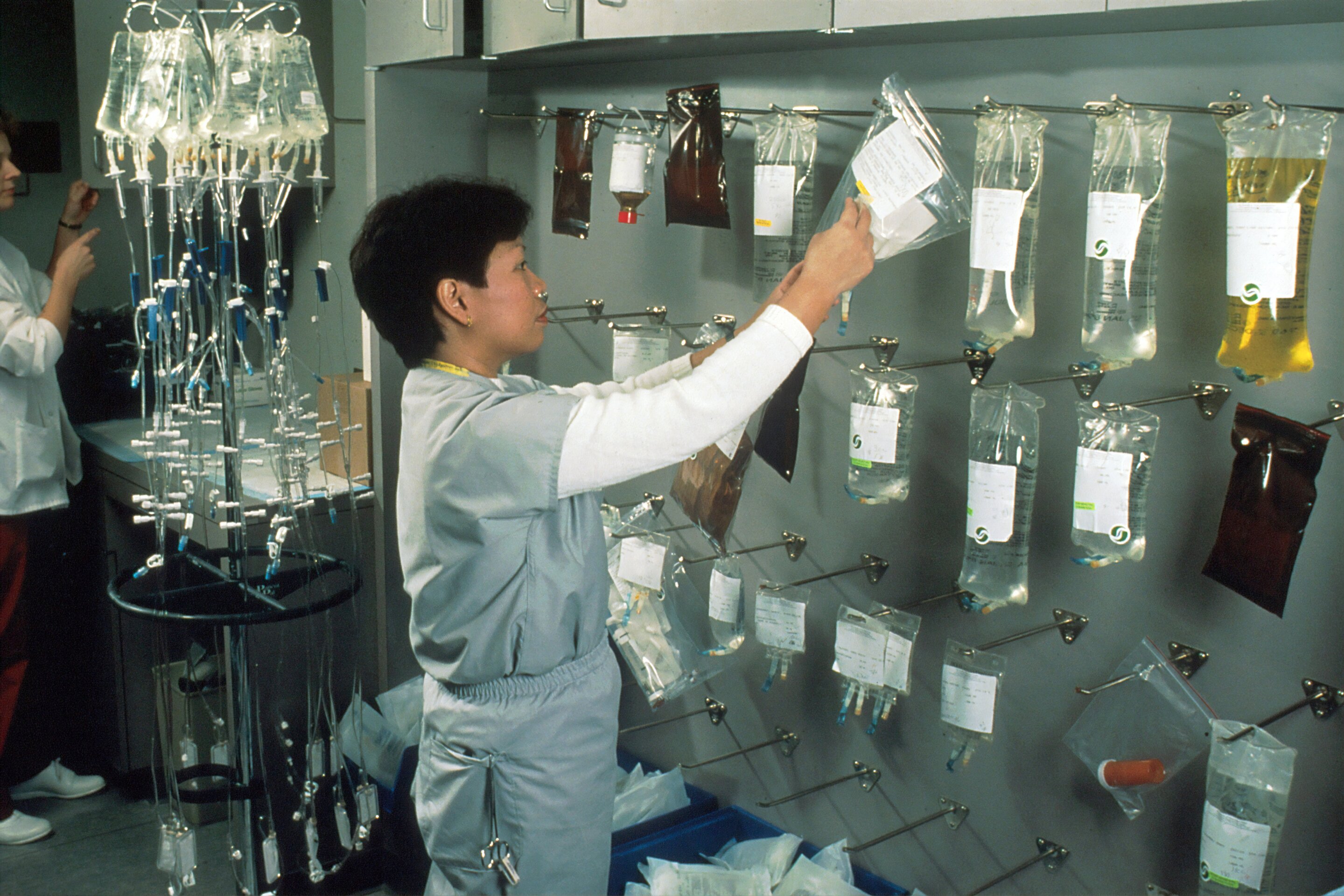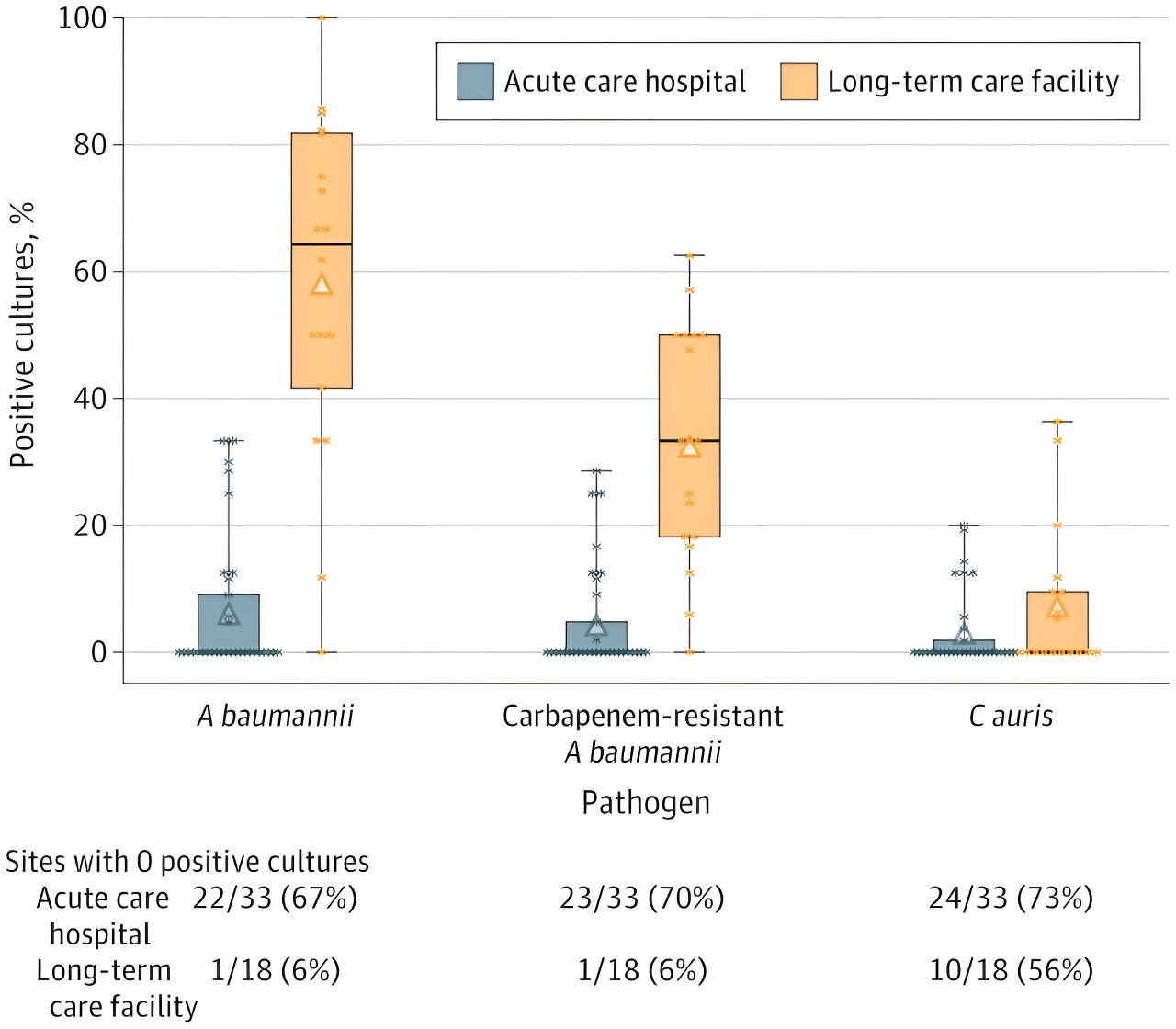
In the United States, approximately 37.3 million individuals are diagnosed with diabetes. Proper management of blood sugar levels under the guidance of a healthcare professional is crucial for diabetic patients to mitigate the risk of serious complications. One such complication is Diabetic Macular Edema (DME), a condition characterized by swelling in the macula, a part of the retina at the back of the eye. This article explores what DME entails, its symptoms, causes, and treatments.
Understanding DME
DME is a potential complication of diabetes, affecting around 3.8% of individuals with the condition. Prolonged high blood sugar levels in diabetes can damage the blood vessels in the retina, leading to fluid leakage and subsequent swelling in the macula, resulting in DME. This condition can cause various vision problems, from distortions to blurriness, and in severe cases, may lead to blindness.
Symptoms of DME
Common symptoms indicating the development of DME include specific changes in vision, such as color blindness, worsening night vision, and difficulty seeing in bright sunlight. These symptoms may fluctuate throughout the day or from one day to the next. It’s crucial to seek medical attention promptly as DME can progress rapidly, potentially leading to blindness.
Causes of DME
DME is a complication of both Type 1 and Type 2 diabetes mellitus. Persistent high blood sugar levels can damage small blood vessels throughout the body, including those in the eyes, leading to conditions like diabetic retinopathy. Without treatment, fluid leakage from these vessels results in macular swelling, causing DME. Maintaining good control of blood sugar levels is essential in preventing DME.
Treatment Options
Prevention through effective diabetes management is paramount in addressing DME. Once DME develops, improving diabetes control remains a priority to prevent its worsening and other diabetes-related complications. Various medications, such as intravitreal triamcinolone acetonide (IVTA) and anti-vascular endothelial growth factor (anti-VEGF), may be employed to limit abnormal blood vessel growth and leakage. Laser treatments can also aid in sealing leaks or eliminating errant blood vessels. With ongoing research, treatment options for DME continue to evolve, and healthcare professionals can recommend the most suitable approach for each patient. Additionally, vision correction methods like glasses may be necessary for those with altered vision, while vision rehabilitation therapy may help individuals with significant vision loss adapt and maintain independence.
Next Steps
If you experience symptoms of vision changes or loss and have diabetes, prompt evaluation by an eye doctor is crucial to assess the risk of DME. Even in the absence of visual symptoms, regular eye check-ups are essential for early detection of DME and other visual impairments. Early intervention can help mitigate the impact of DME and preserve vision quality.





